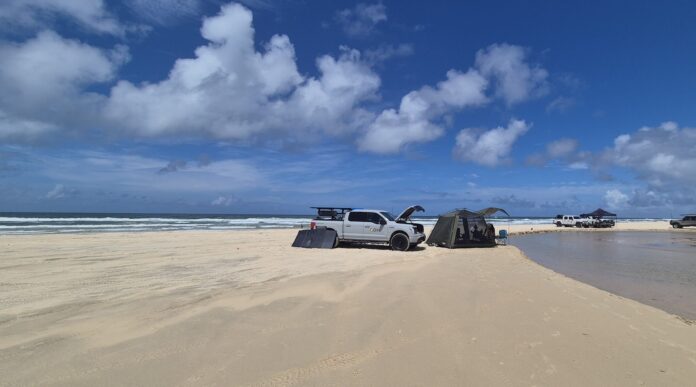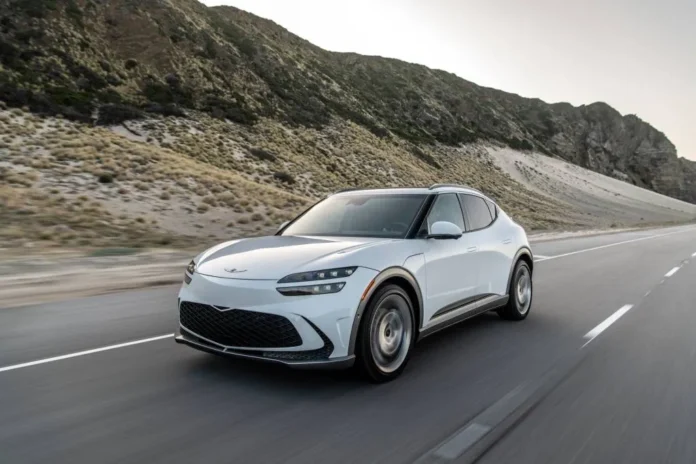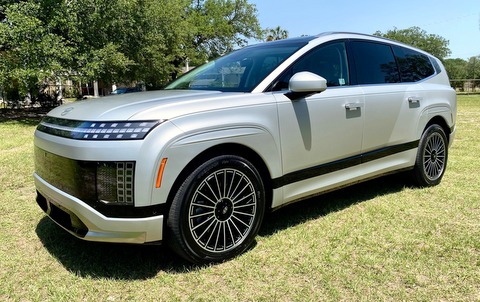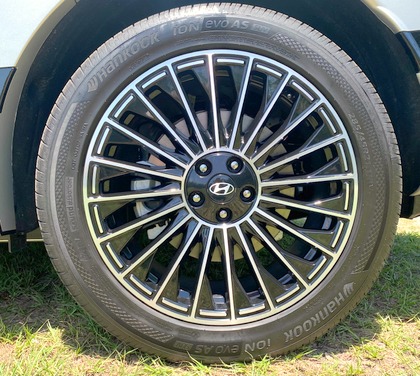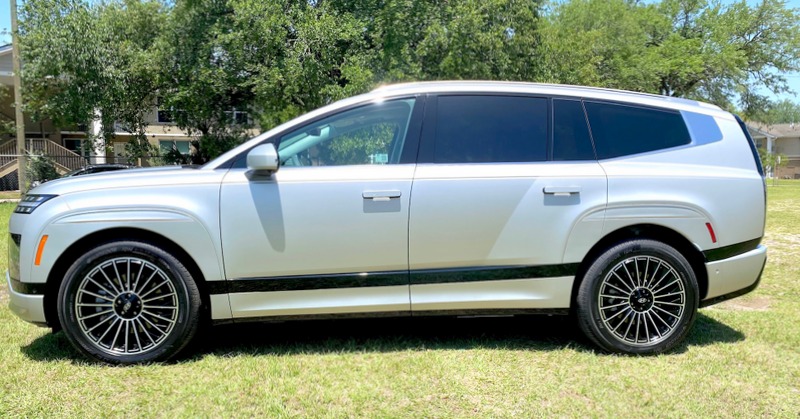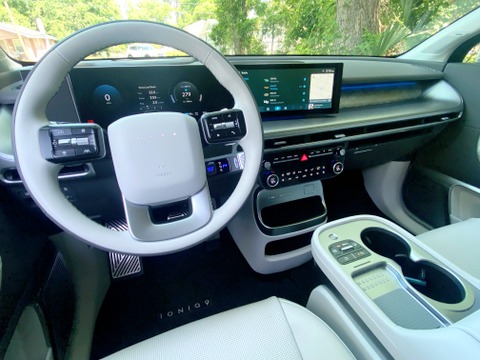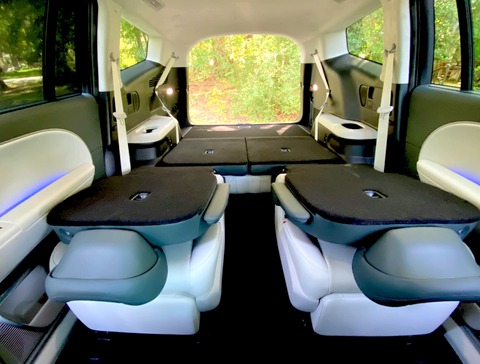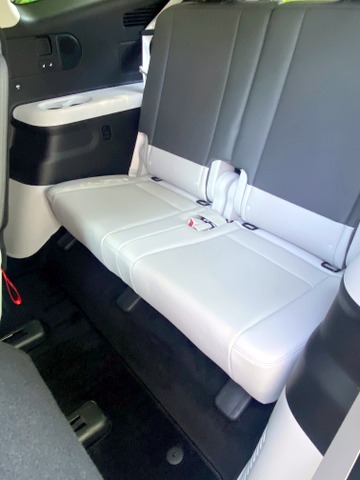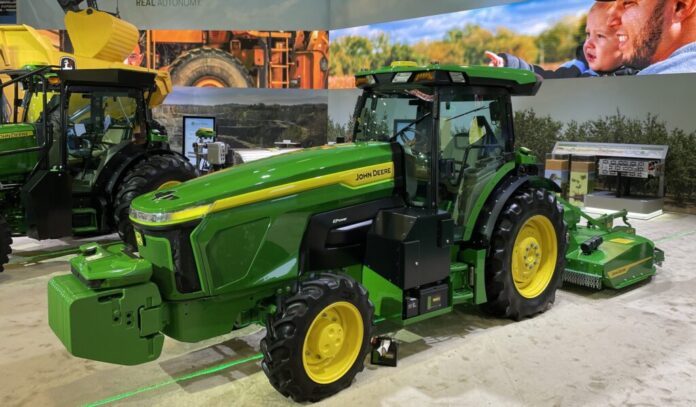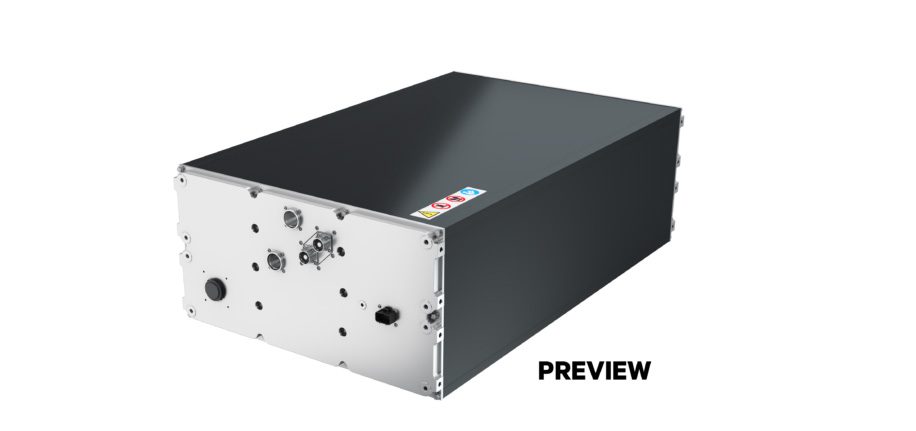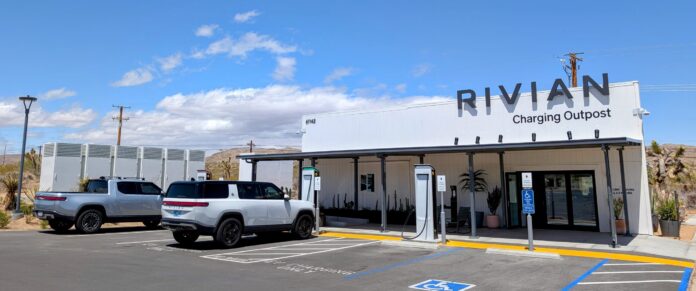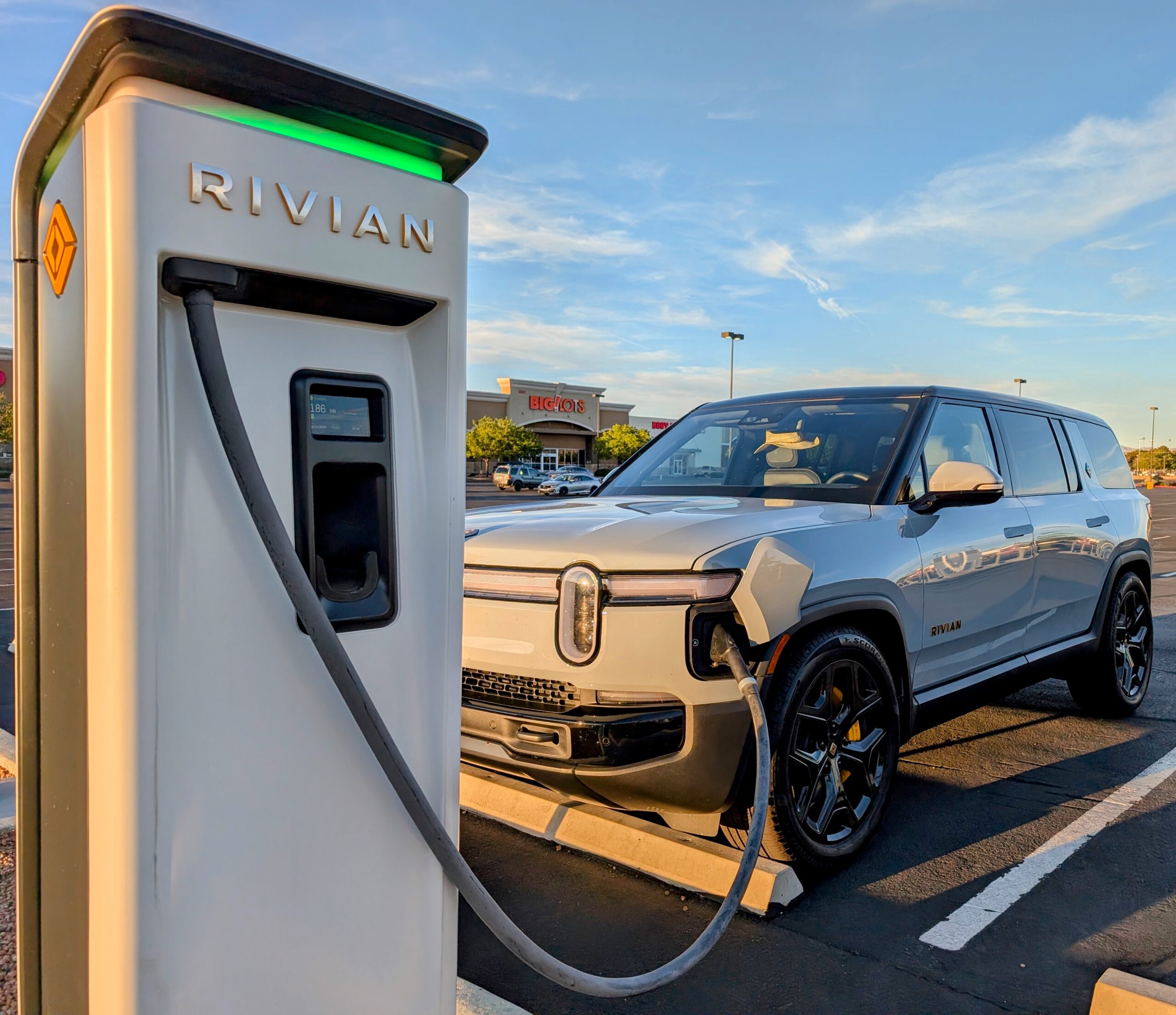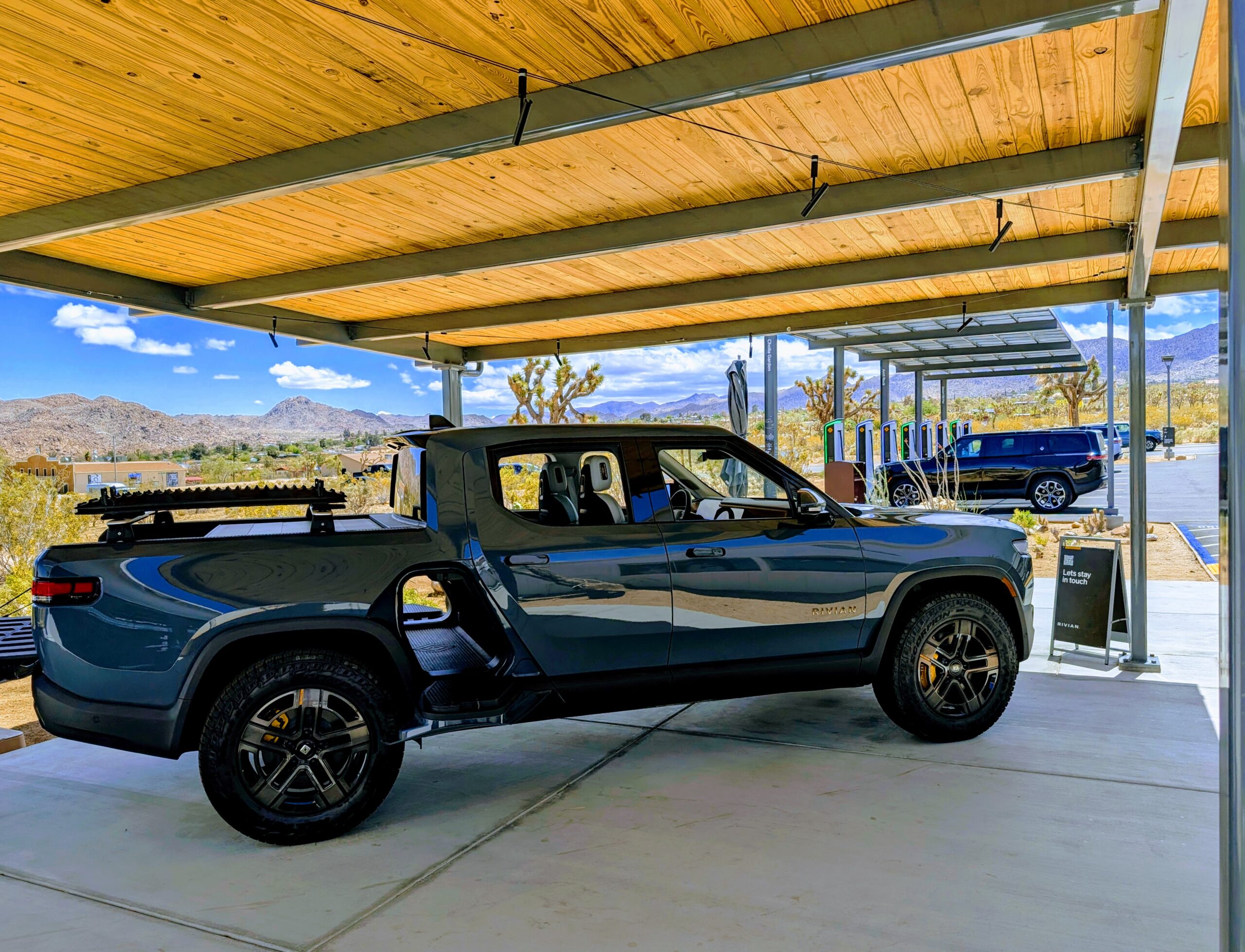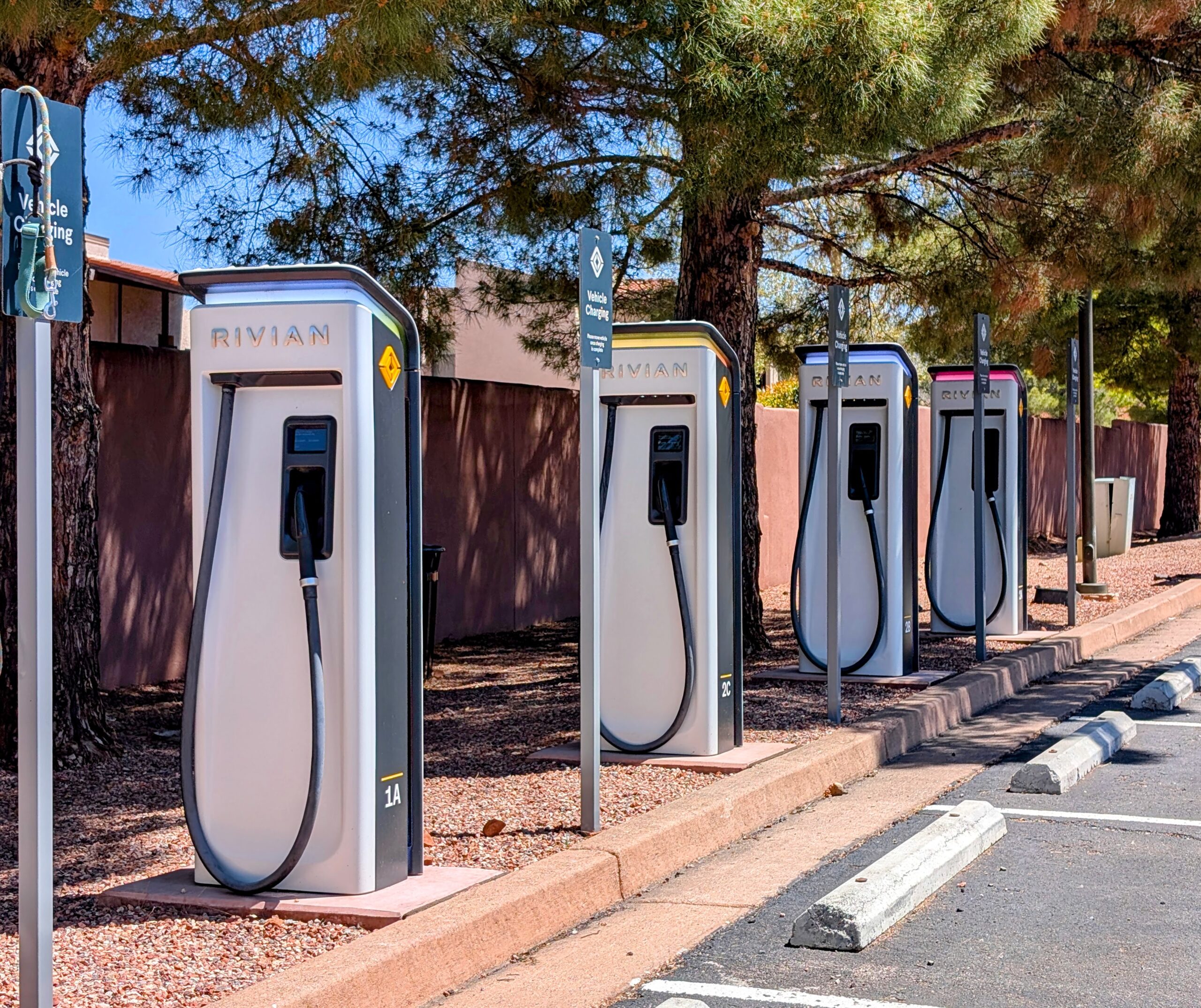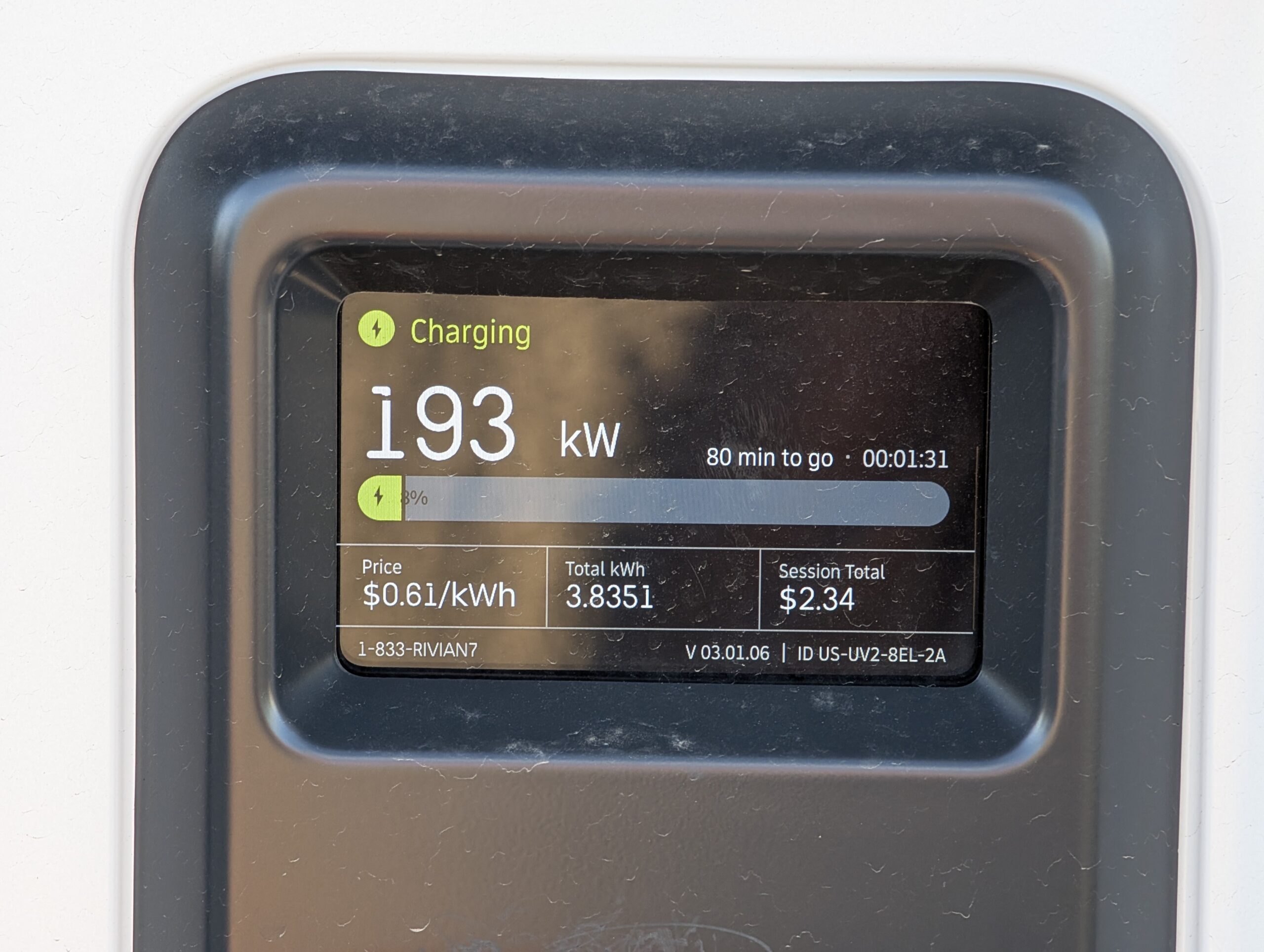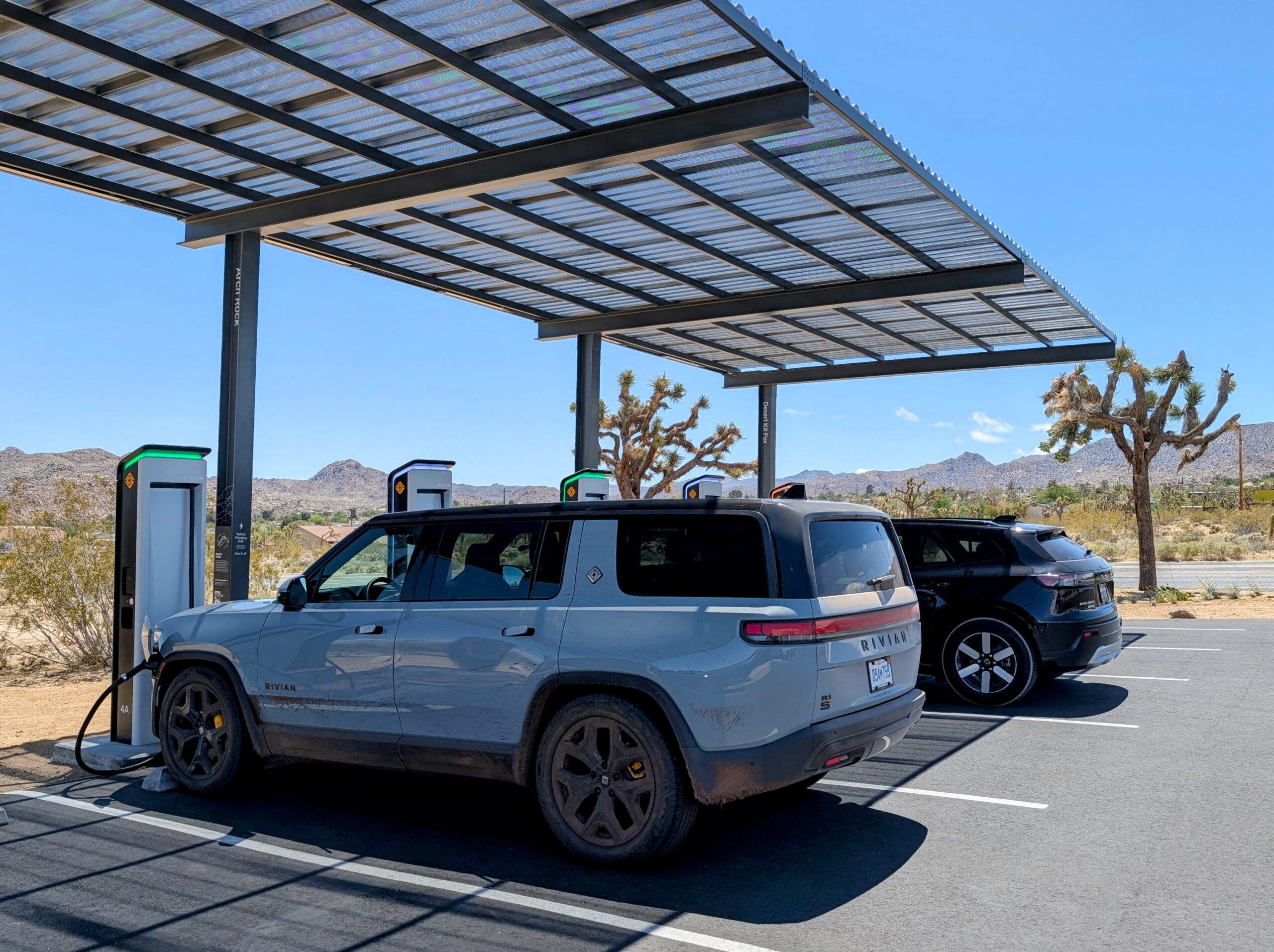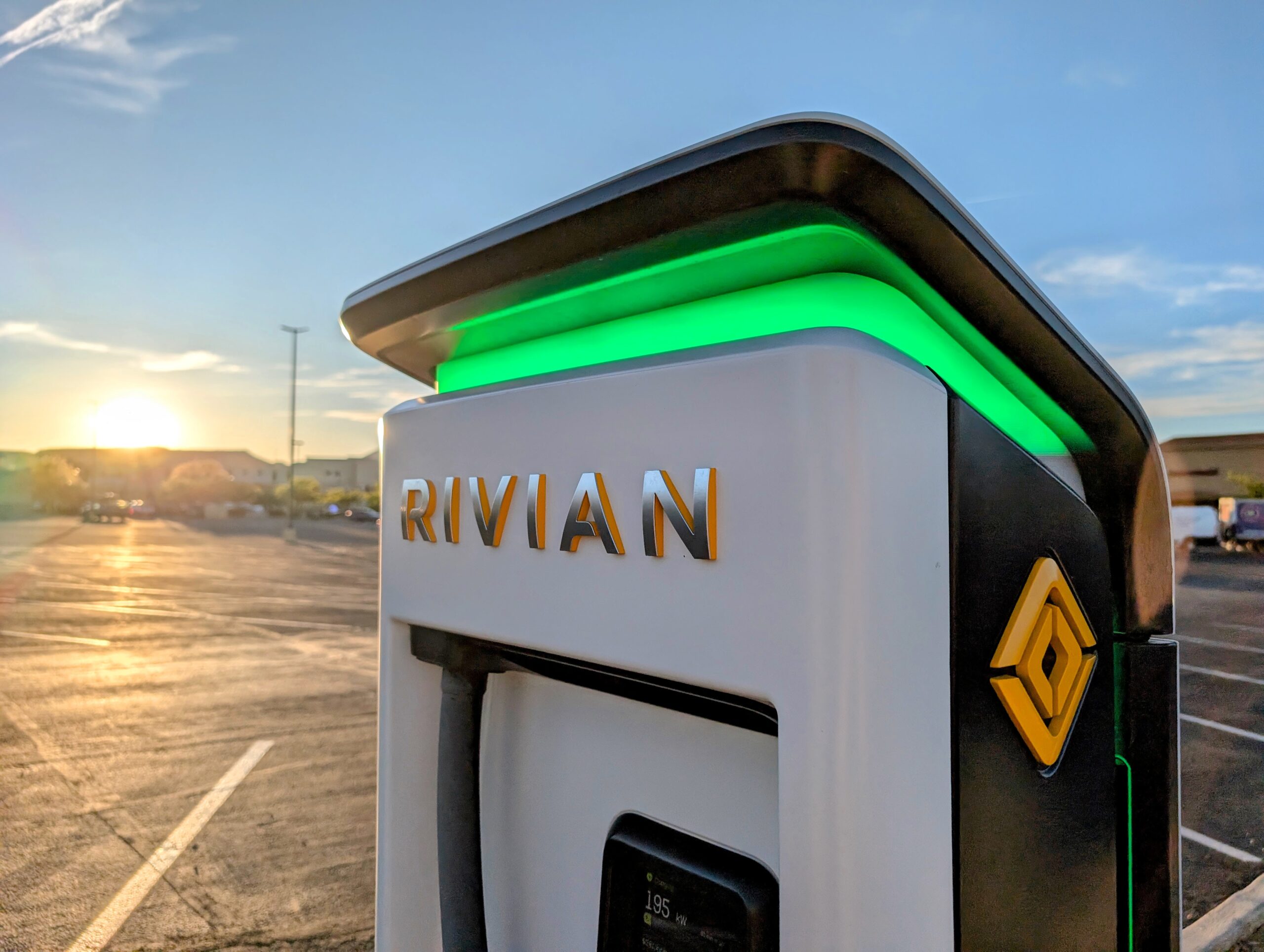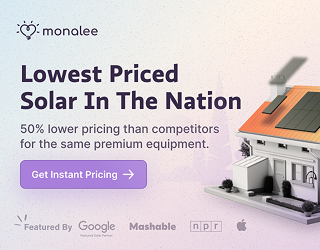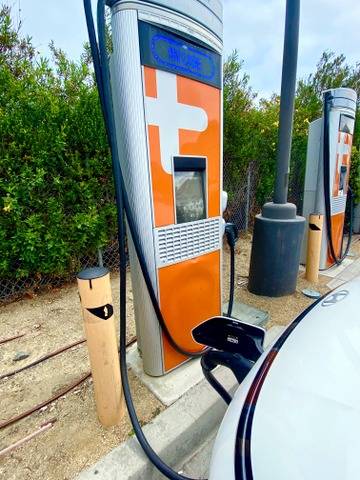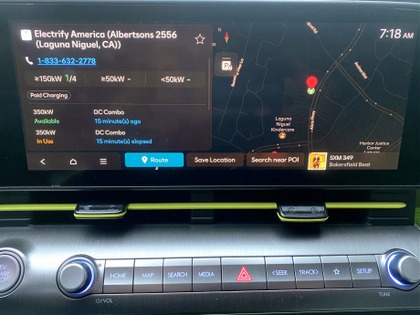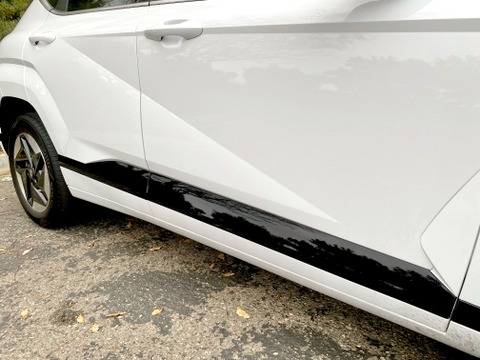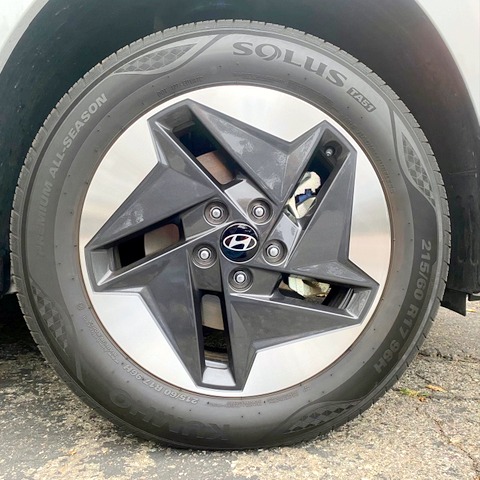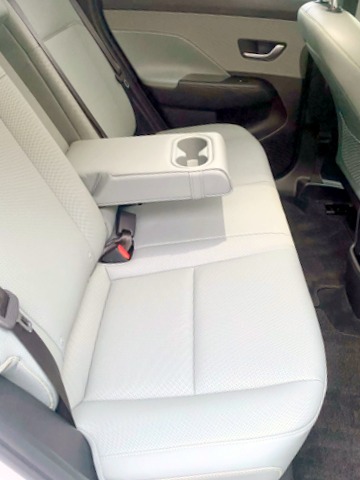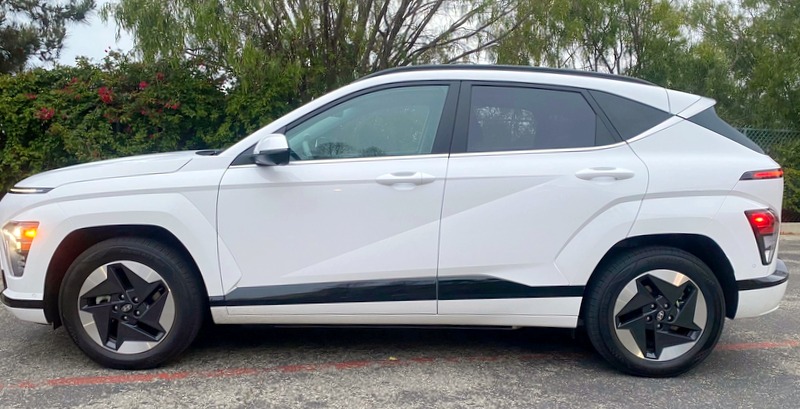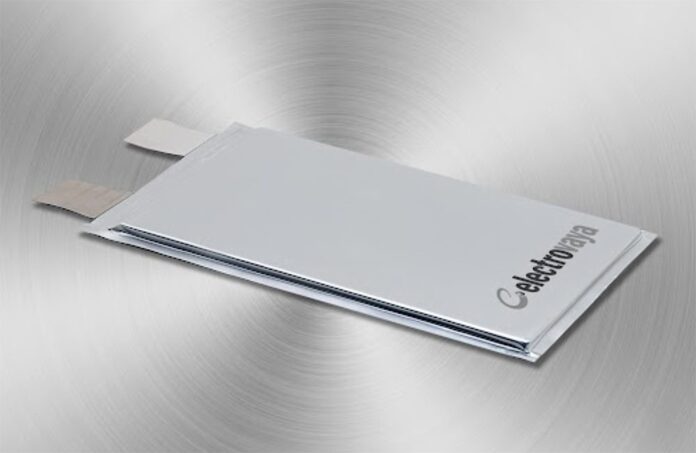
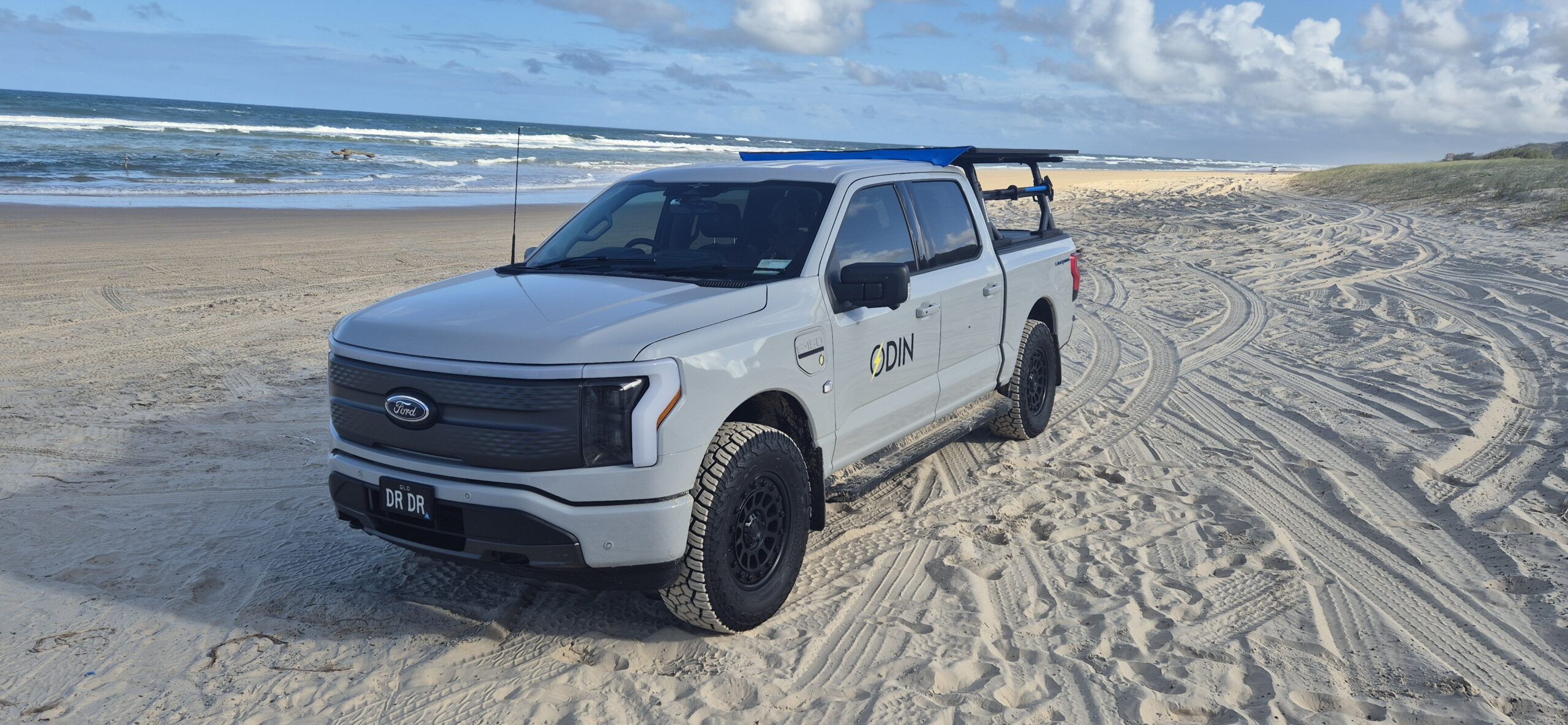
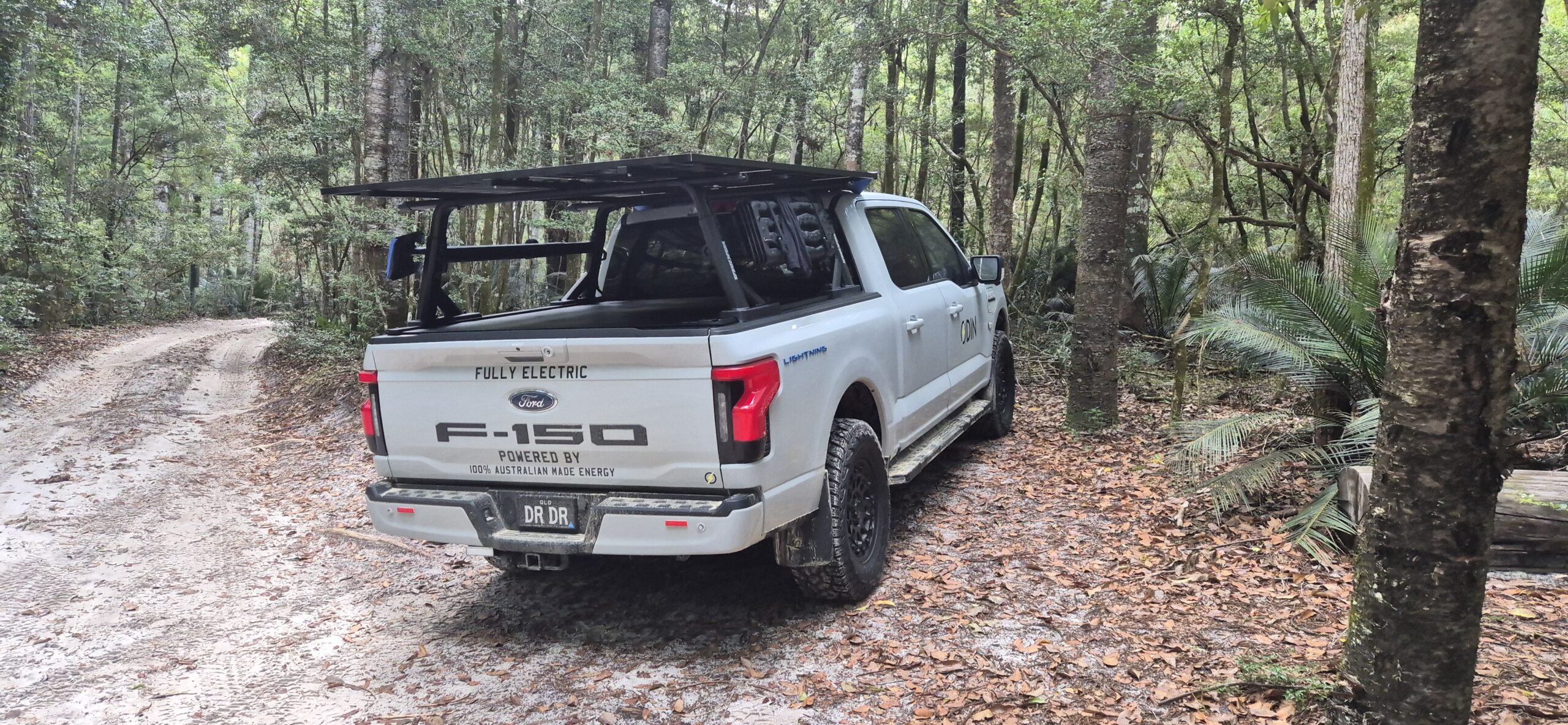
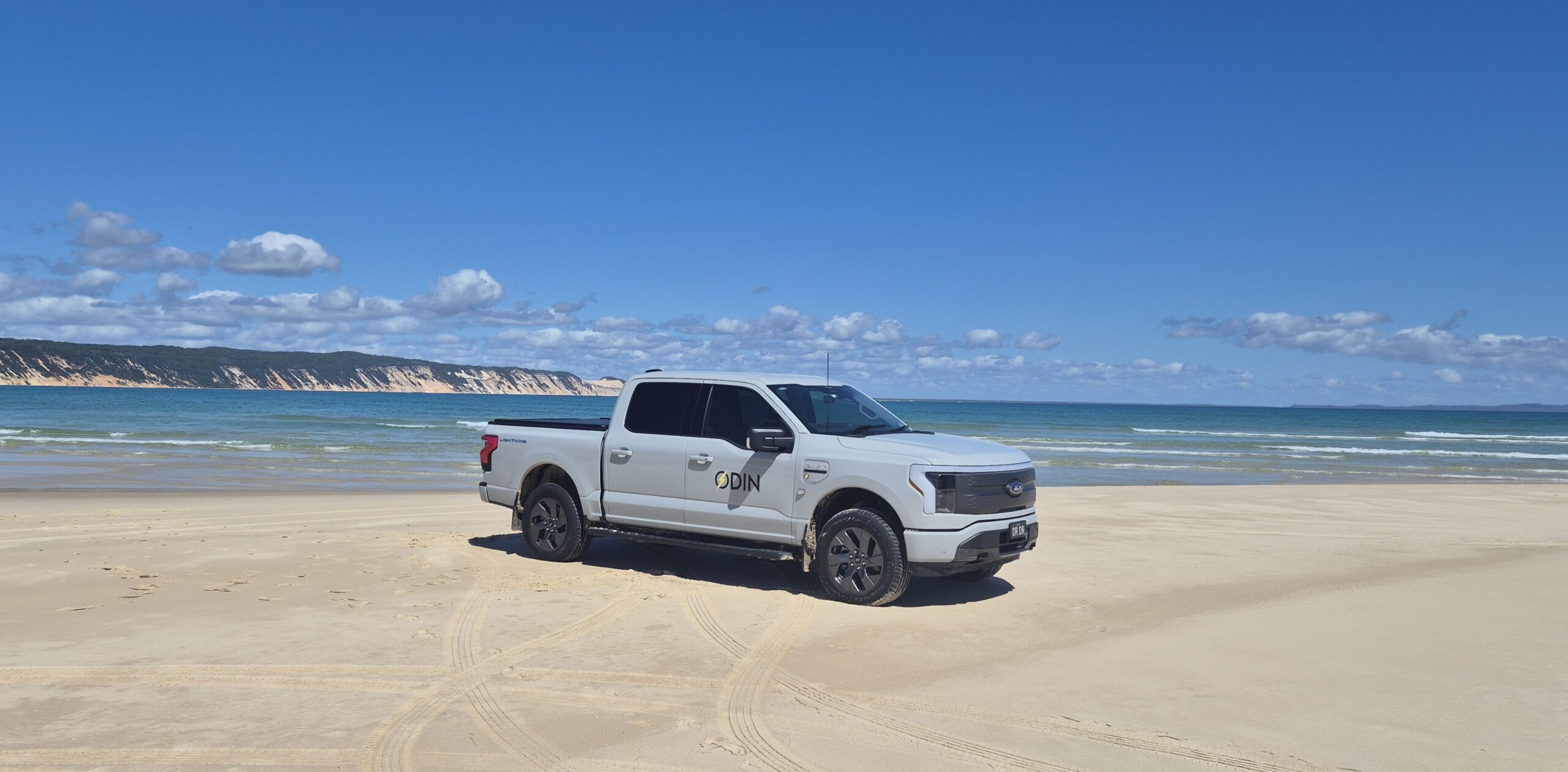
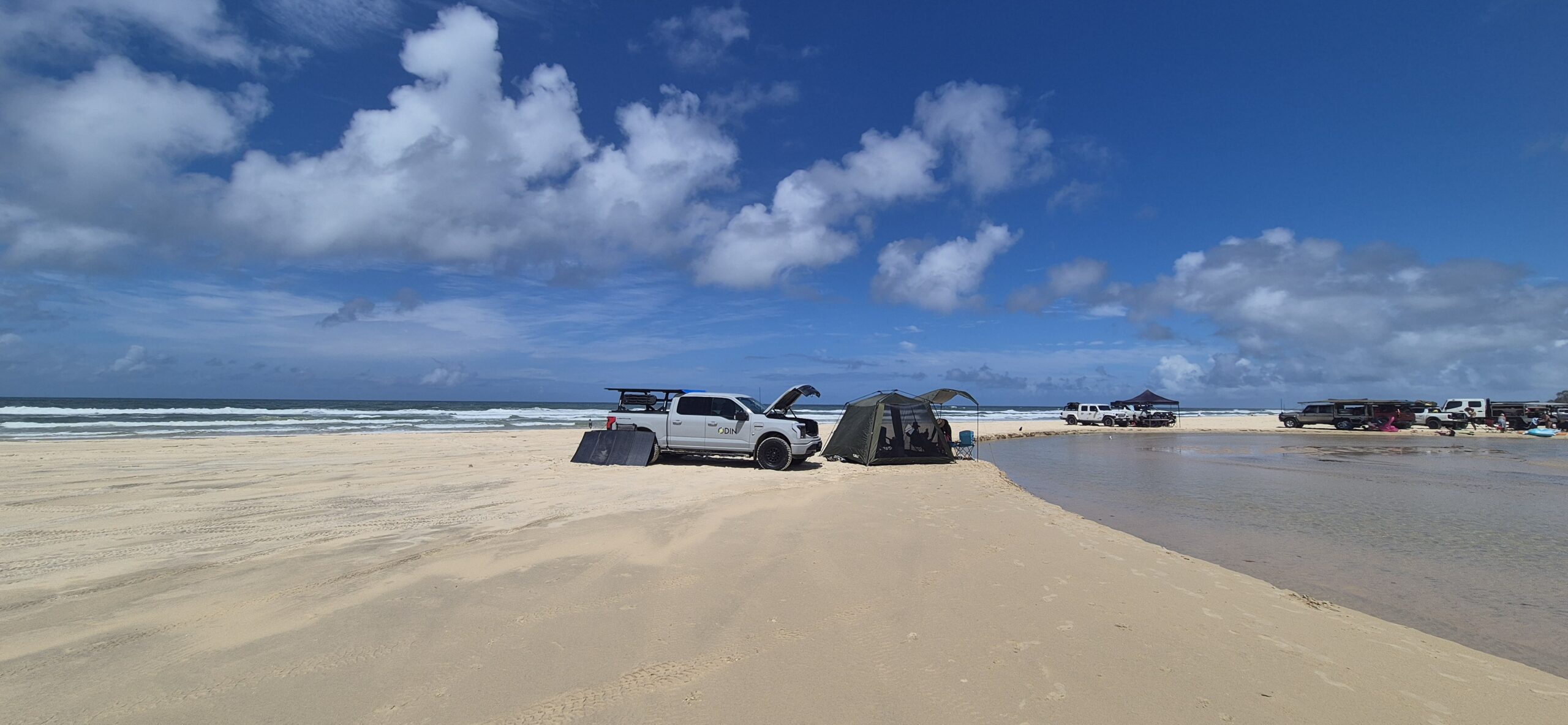
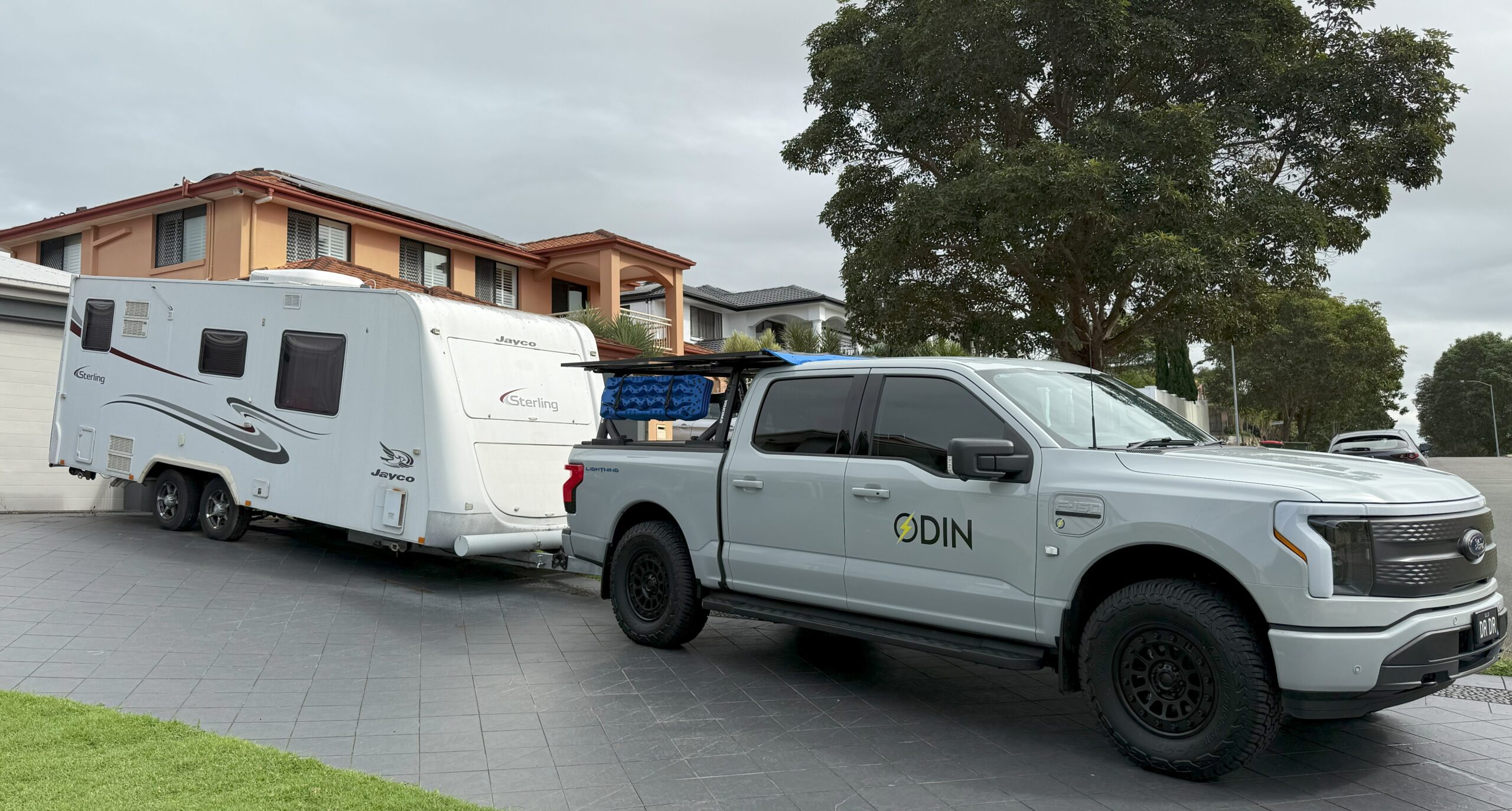
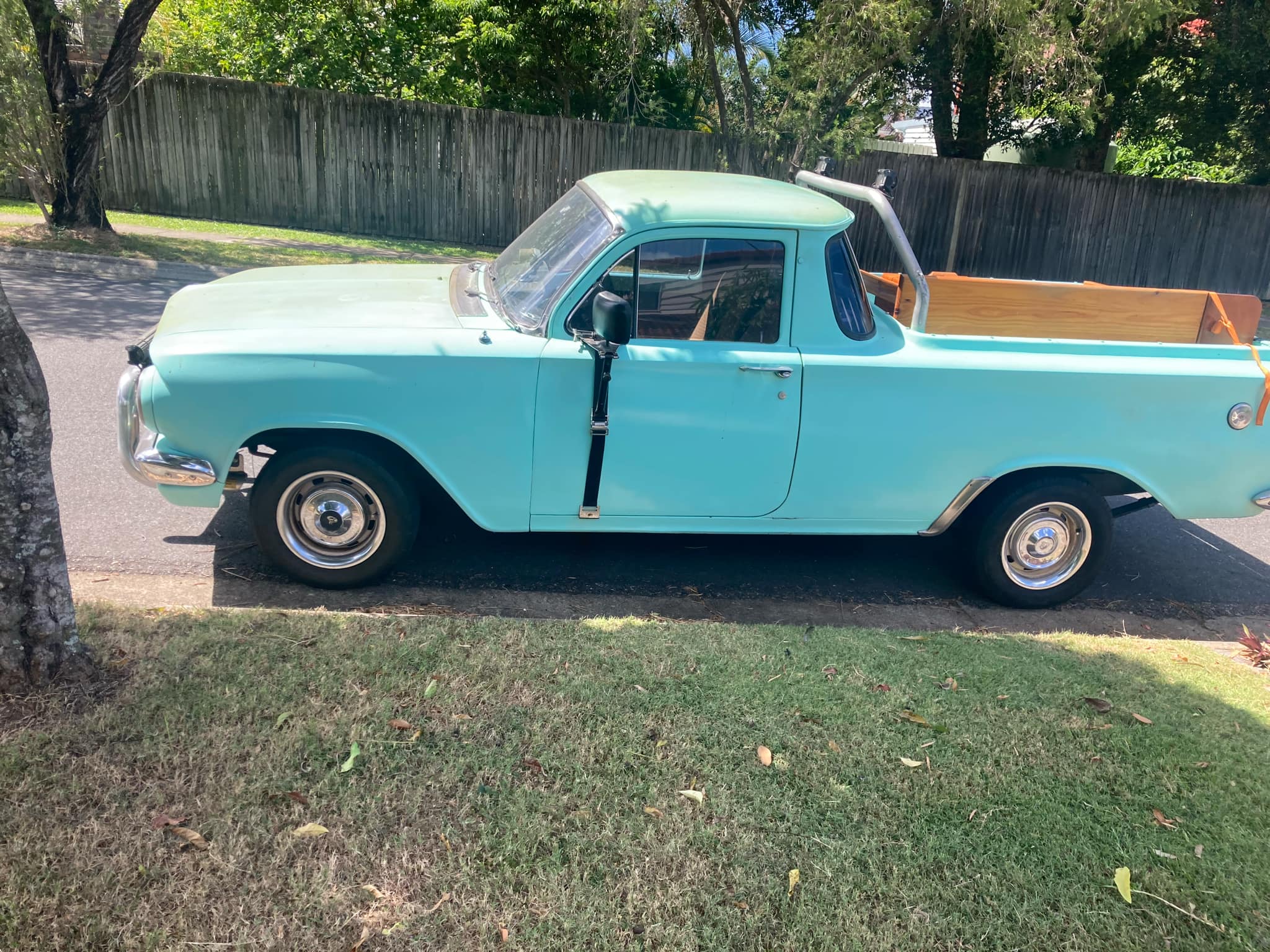

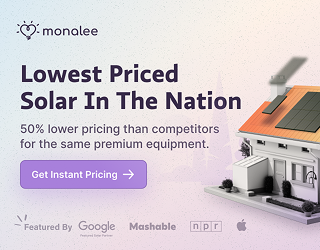

At the Solar Citizens Election sausage sizzle, I managed to catch up with Jake Whitehead. Adjunct Professor at the University of Sydney, Whitehead is CEO of ODIN and chief scientist at the Electric Vehicle Council. He is the proud owner of a Ford F-150 Lightning. He was kind enough to answer some questions for us about it.
Why did you buy an F-150 Lightning?

My wife, Jess and I, in addition to both having careers in sustainable transport policy, are keen 4x4ers. We love going camping off grid, and for many years have dreamt of the possibility to take our family on camping adventures in a zero-emission vehicle.
We try to practice what we preach and so we’ve been fortunate to own seven EVs so far (Mitsubishi Outlander PHEV, 2 x Tesla Model 3’s, Audi e-tron S, Tesla Model Y, F-150 Lightning and currently also a Kia EV9). That first-hand experience, combined with our jobs, has meant that we are very familiar with EV technology, but until the F-150 Lightning, nothing has been seriously capable of off-road trips.

When the F-150 Lightning was unveiled in the US in mid-2021, Jess and I both watched the livestream. We were blown away by the capabilities (which were particularly impressive at that time) and dreamt of what having access to an electric 4×4 like this could mean for our camping adventures, as well as for the many other adventures Australians embark upon every year. What better way to experience nature than not polluting it at the same time!
Having an electric 4×4 also opens up the possibility of kicking gas for cooking and heating, and avoiding all the health hazards associated with burning gas.
Fast forward to 2024, and Brisbane-based AusEV took the bold step to start importing Australia’s first electric 4×4 (and only fully electric 4×4) — the F-150 Lightning. They convert it locally from left-hand drive to right-hand drive, employing Australians and sourcing a significant amount of content locally. I’ve known the team at AusEV for several years and have always been impressed by the quality of their work, and their commitment to supporting local jobs.

In tandem to AusEV making the F-150 Lightning available in Australia, our company ODIN has been exploring opportunities to reduce car dependency and provide alternatives to ownership.
For a long time, I’ve had a vision that Australians could access fleets of electric 4x4s for rent — and this could be an avenue to reduce the need to own larger vehicles full-time. While this may not be a suitable arrangement for all Australians; this model could help to ensure more households could use efficient electric vehicles for everyday trips — particularly in urban areas — and have on-demand access to larger 4×4 rental vehicles for trips away.
In late 2024, ODIN purchased its first F-150 Lightning and is now collecting real-world data to inform the business model for a future fleet of electric 4x4s for hire. While several other companies are already working in this space, our work is in part focussed on what further government policy is required to support this approach, and how it could be delivered as part of a broader mobility as a service offering. This would mean customers could purchase a subscription bundle to access unlimited public transport, shared e-bikes and e-scooters, and a number of rental days every month in an electric 4×4.
As part of our current work, ODIN is also exploring what additional accessories may assist with building confidence in hiring and using an electric 4×4. We are documenting some of this work on my YouTube channel.
One example is our prototype ‘solar jerry can’. This is a portable 1.5-2.0 kW solar + battery system for charging the vehicle off grid, providing redundancy driving range when in remote locations away from grid electricity, and also available for power camping appliances, like induction cooktops.

We are currently using off-the-shelf components to understand the optimum design, and also understand any impact on driving range from aerodynamic/weight effects, with the intention of building a customised product based on the outcomes of these tests. From our initial results so far, the solar jerry can prototype is achieving around 100 km of extra off-road driving range over 2–3 days of camping. This provides just that extra bit confidence when going off the beaten track.
Top likes/dislikes:
Likes
- Powered by 100% Australian made energy, supporting local energy jobs + local manufacturing jobs via AusEV
- Potential for ZERO running costs for 5 years — vehicle includes 5 years unlimited km warranty and servicing, and we charge primarily off solar and/or a free midday electricity tariff
- Highly capable vehicle that makes electric camping dream a reality
- Smooth, quiet, comfortable and spacious
- Massive towing capabilities
- Plenty of extra + secure storage in mega-frunk
- Automated driving on highways works really well.
Dislikes
- Less visual feedback than others (like Tesla) when driving autonomously on highways (similar to other traditional OEMs)
- Ford factory stereo is fine for most, but not one for audiophiles (like most utes); thankfully it’s super easy to install aftermarket components if you want to
- No built-in sentry mode (can be addressed via aftermarket dashcams) — similar shortcoming for most other OEMs too.
Overall, we love the truck, and are super excited about all the data we are collecting from it. It’s an exciting few years ahead and we are keen to see how ODIN can play a role in ensuring more Australians can access the F-150 Lightning, and other electric 4x4s like it.
Where have you taken the F-150 Lightning to test its 4×4 capabilities and the solar jerry can?
The vehicle is being used in different tests every week, but a few regular spots include:
- Noosa North Shore
- Double Island Point
- K’gari/Fraser Island — see the photos!
We are also commencing a series of towing tests in the coming weeks, starting with an 8 metre caravan. We’re aiming to test both on-road and off-road performance with different tow vehicles.

What else needs to happen to increase access to electric 4x4s in Australia?
First and foremost, we need all electric 4x4s, like the F-150 Lightning, to be included in the New Vehicle Efficiency Standard (NVES). This is the key policy mechanism in Australia for encouraging a greater supply of more efficient vehicles. Thanks to the current federal government’s leadership on this policy, Australia is finally able to start catching up with the rest of the world.
That said, it’s disappointing that the F-150 Lightning is not currently included in the New Vehicle Efficiency Standards. This means that AusEV is supplying the exact type of vehicle many Australians want (and that the NVES is designed to encourage), but due to the company’s exclusion from the NVES, are not only missing out on accruing credits for selling EVs (and reducing the cost), but are at a competitive disadvantage to international car manufacturers that are included in the NVES.
Of course, we have to get the balance right. I personally don’t support the mass import of vehicles under parallel import schemes. However, where there is a local manufacturing component, and a local business — like AusEV — trying to fill a gap in the market, they should be encouraged, not impeded. This view is also consistent with the Electric Vehicle Council’s 2024 response to the NVES.
The good news is, under the NVES legislation, Federal Transport Minister Catherine King has the discretion to include vehicles supplied by Australian businesses, like the F-150 Lightning, in the scheme. I hope that under this re-elected Labor government we will see action on this issue ASAP so that more local companies can be encouraged and rewarded for bringing electric vehicles into Australia, where they include a local manufacturing component and are filling a clear gap for consumers. This will not only increase supply but also reduce costs.
In addition to NVES, unfortunately, many states have walked away from EV incentives in Australia – prematurely and well before the market has hit its tipping point. We need to see state, territory and the newly elected federal government come together to relaunch temporary EV incentives across the country. This will allow more Australians to get access to EVs (including electric 4x4s), drive down the cost of transport, support the use of Australian-made energy to power our transport system, all while ensuring there is a strong supply of second-hand EVs available in the used market by the late 2020s.
Finally, Australia is in a strong position to play an important role in shaping and informing the development of electric 4x4s. AusEV is one example of a local company trying to lead in creating local EV industry jobs. We collectively need to support these kinds of activities further, so that more manufacturing jobs can be created off the back of the transition to EVs, especially for vehicles that must be tailored to meet Australian conditions, including electric 4x4s, trucks, etc.
We won’t see revolutionary change overnight, but we need to start acting today in order to deliver a future where Australia can play a major role in not only supplying the raw minerals to enable global electrification but also be locally manufacturing and assembling both batteries and at least some types of electric vehicles.
As a contrasting bonus, here is a photo of my neighbour’s rusty Holden (GM) ute from the 1960’s. My how things have changed!

 Whether you have solar power or not, please complete our latest solar power survey.
Whether you have solar power or not, please complete our latest solar power survey.
Have a tip for CleanTechnica? Want to advertise? Want to suggest a guest for our CleanTech Talk podcast? Contact us here.
Sign up for our daily newsletter for 15 new cleantech stories a day. Or sign up for our weekly one on top stories of the week if daily is too frequent.
CleanTechnica uses affiliate links. See our policy here.
CleanTechnica’s Comment Policy

Source link by CleanTechnica Reviews Archives
Author David Waterworth
#Ford #F150 #Lightning #Owner #Review

